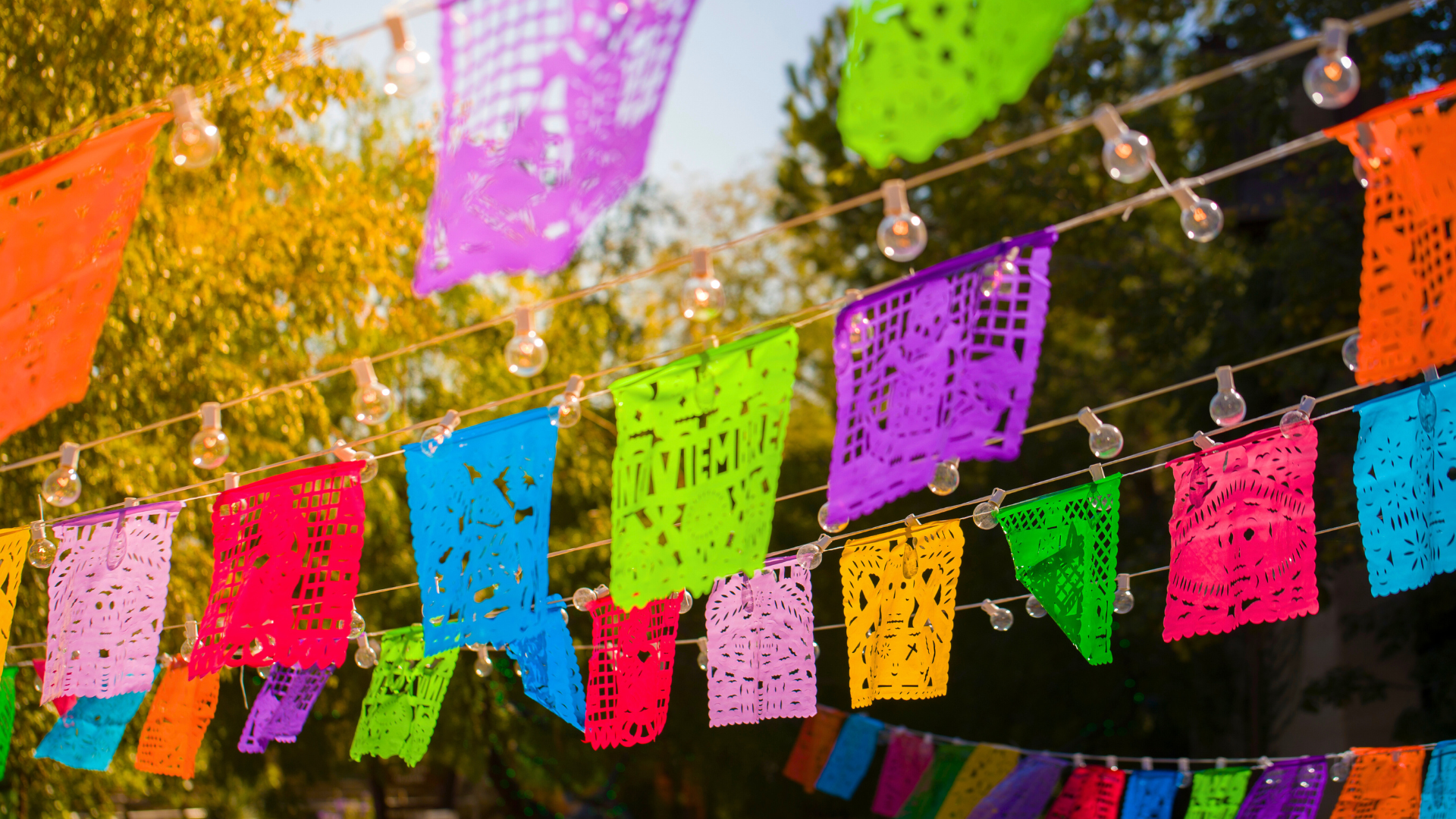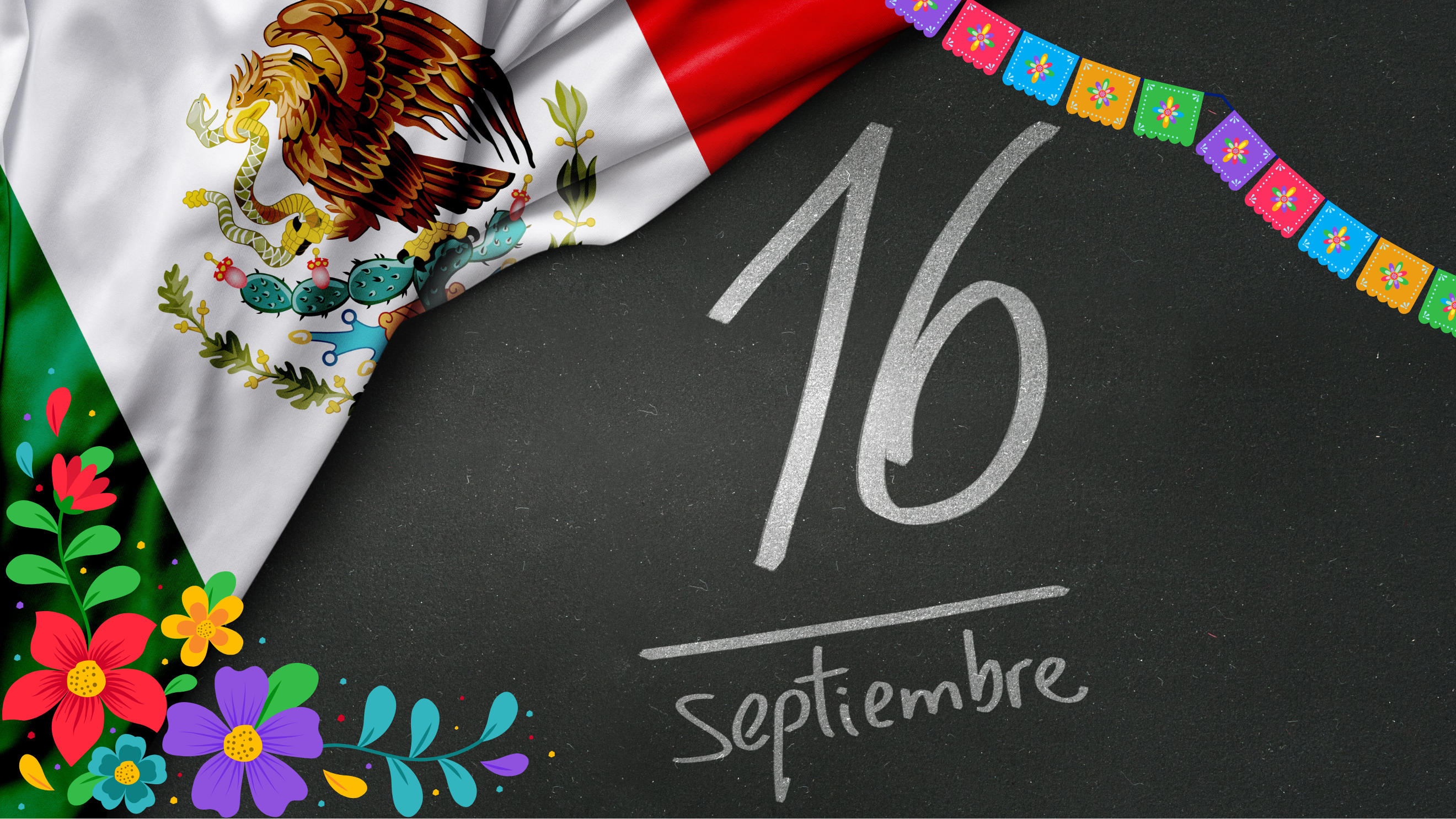Mexico’s Independence Day: A Celebration of Courage and Culture

Written by Alexandra Armendariz & Thalia Rodriguez
Not to be confused with Cinco de Mayo, which is the Battle of Puebla when a Mexican army, led by General Ignacio Zaragoza, defeated a larger, French army during the French Intervention in Mexico. Every year on September 16th, Mexico bursts into vibrant celebration to honor its Independence Day—a pivotal moment in history when the country began its fight for freedom from Spanish rule. The movement was ignited in 1810 by Miguel Hidalgo y Costilla, a Catholic priest who rang the church bell in Dolores and delivered the famous “Grito de Dolores” (Cry of Dolores), calling the people to rise up. This act of bravery sparked a revolution that would eventually lead to Mexico’s independence in 1821.

🎉 How Mexico Celebrates
The festivities begin on the evening of September 15th, when the President of Mexico reenacts the Grito de Dolores from the National Palace in Mexico City, ringing the same bell Hidalgo used over two centuries ago. For the first time in history the “Grito de Dolores” will be delivered by the first woman president Claudia Sheinbaum. Across the country, cities and towns hold their own reenactments, followed by fireworks, music, and dancing in the streets. Streets are decorated with flags, papel picado (cut paper banners), and lights, while families gather to enjoy beloved dishes like chiles en nogada, pozole, and tamales. Live bands fill the air with joyful music, and parades showcase the rich cultural diversity of Mexico.
💙 Why It Matters at Jefferson Center
At Jefferson Center, understanding moments like Mexico’s Independence Day helps us recognize the historical and emotional significance of such events allows us to connect with the diverse communities we serve. It’s a reminder that empathy begins with awareness—and that honoring each person’s heritage is a powerful way to build trust, respect, and healing.
Celebrating and learning about cultural milestones like this one helps us understand how we should create a more inclusive environment where every individual feels seen, valued, and supported.
Further Information:
Healthcare: An Ongoing Challenge:
Compared to other racial/ethnic groups, Hispanics and Latinos have a notably high rate of uninsured individuals. This is why medical and dental care remain critical concerns within these communities. Last year, 44% of respondents across Colorado said they postponed medical or dental care, and 25% postponed mental health care.
Income and Healthcare Access:
- 64% of respondents earning under $30K postponed medical or dental care.
- 54% of those in the $50K–75K bracket did the same, compared to only 30% of those earning $150K or more.
Health Insurance Worries:
- 47% of Hispanic/Latino respondents expressed serious concern about themselves or someone in their household going without health insurance coverage.
- This concern was most prevalent among those earning $30-50K, with 50% worried about losing coverage next year.
- The regions most concerned were Morgan (56%) and the Denver Metro area (49%).
Ways to celebrate and get involved locally:
Visit Denver’s list features several events, cultural celebrations around Hispanic Heritage this month and beyond!
Pulse The Colorado Health Foundation Insights, (2024):
Pulse 2024 insights from Hispanic and Latino Coloradans | Pulse
Resource Categories
- Addiction & Substance Use
- Anxiety
- Child Mental Health
- Crisis and Trauma
- Depression
- Exercise
- Just The Facts
- LGBTQIA+ & Pride
- Medicaid
- Men’s Mental Health
- Parenting
- Recovery
- Senior and Older Adult
- Socializing
- Stigma
- Stress
- Suicide Prevention
- Support & Advocacy
- Teen’s Mental Health
- Treatment Options
- Women’s Mental Health